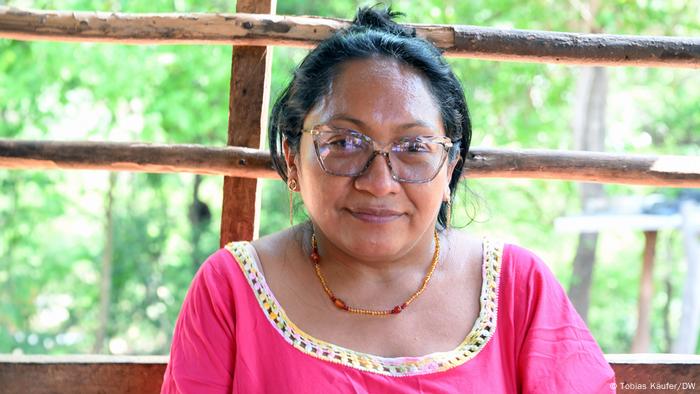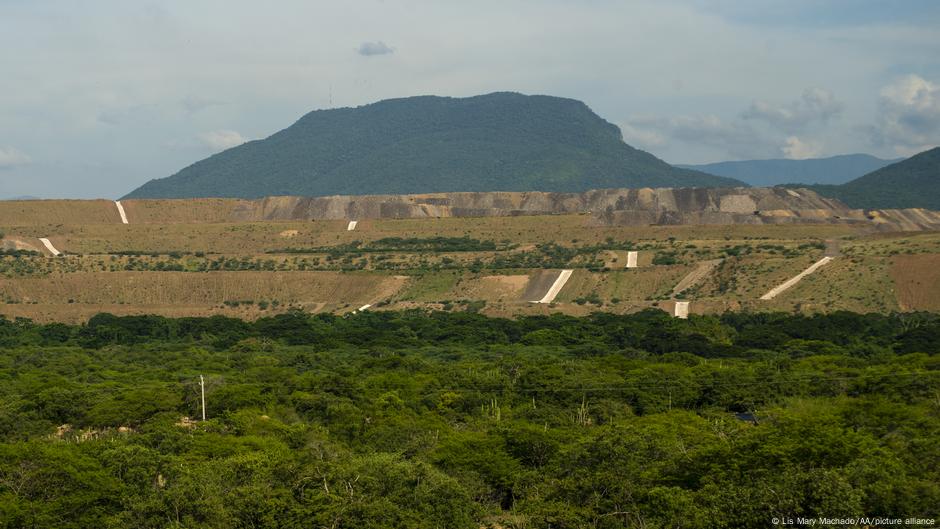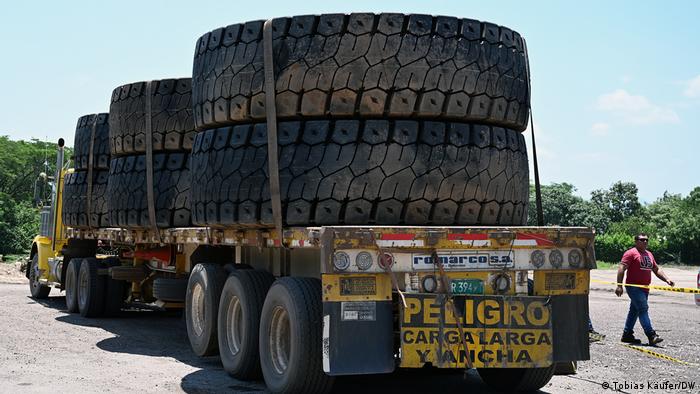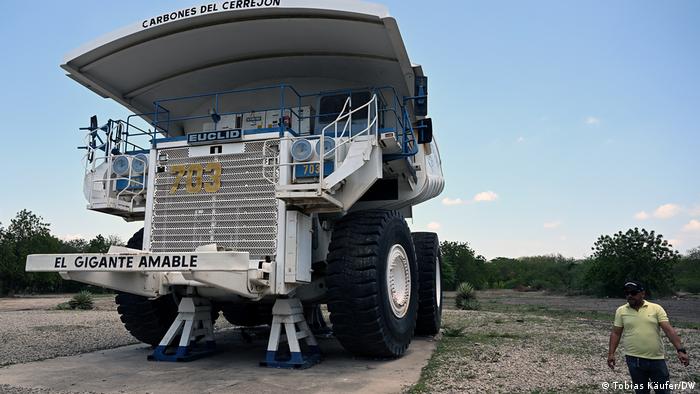The governments in Germany and Colombia had one decarbonization strategy announced. But actually the opposite happens. And the beneficiaries of this development are based in Switzerland.
As Gustavo Petro and Francia Marquez almost a year ago their historic election victory in Colombia standing, they made a historic promise to their compatriots during the election campaign. The program of the left-wing alliance “Pacto Historico” read that the South American country wanted to phase out fossil fuels under her leadership.
Not only Colombia’s Vice President Francia Marquez is wondering: “In this department, children are dying of hunger. Is that development?”
With a Twitter comment, the then environmental activist and current Vice President Francia Marquez drew attention to the “El Cerrejon” coal mine, the largest in Latin America: “La Guajira is home to the largest coal mine in Colombia, and in this department children are dying of hunger. Is the development?”
Coal exports to Germany
It is precisely from this mine that the coal comes which Germany refers to the Ukraine after the start of the Russian war of aggressionto compensate for the loss of Russian gas supplies and the embargo on Russian coal imports. The political decision in Germany to phase out nuclear power and to replace electricity generation at least temporarily with coal-fired power generation is currently creating additional demand for coal.
Switzerland benefits from war and energy transition
The big beneficiary of this development is the Glencore group. The Swiss company had completely taken over the mine just a few weeks before the Russian invasion of Ukraine. Since then, the export figures have only known one direction: upwards.
While a Glencore spokeswoman explains: “We do not comment on individual markets”, these figures speak for themselves: According to the German coal importers, 7.3 million tons of hard coal came from Colombia in 2022 alone. Coal imports from the South American country are likely to have at least doubled in the first year of the war in Ukraine – and the trend is rising. In mid-July last year, the price of coal on the world market reached a record price of almost $400. In the meantime it has fallen sharply again. In mid-May this year, it was around $117 per tonne, back to the 2021 level.
Glencore is thus benefiting from the political developments. On the one hand, shareholders of competing companies pushed to sell shares in coal mines in the course of the political discussion about shared responsibility for climate change, on the other hand, at that time only Ukrainian politicians warned against another Russian invasion of their territory.

Activist Jakeline Romero Epiayú considers the “impact on cultural and social life” to be devastating
A coal mine as a vein of gold
The portal calculated that the world‘s leading mining and raw materials trading group brought in hundreds of millions of dollars from the purchase of the controversial mine The Economist few months ago. In June 2021, Glencore bought the remaining 66 percent stake in the “El Cerrejon” mine from its competitors BHP Group and Anglo American for a total of 588 million US dollars, making it the sole owner.
BHP and Anglo American shareholders welcomed the deal in light of issuance targets. The two companies had come a step closer to the goal of switching to sustainable energy. According to media reports, however, a certain clause made the coup perfect: the mine’s cash flows would flow into Glencore’s coffers from 2021. And so the Swiss had drawn the main prize.
And where is the money going?
Mine critics who live alongside the coal mines complain that far too little of the enormous profits that the company is making as a result of political developments remain in the region. “The money generated from the coal doesn’t even stay here in La Guajira,” says Leobardo Sierra, a spokesman for the indigenous Wayúu community Dew in an interview with Deutsche Welle.
The activist Jakeline Romero Epiayú sees it similarly Wow-Women’s rights organization. “Today, after decades of mining activity in La Guajira by the company Cerrejón, whose sole owner is Glencore today, the effects on the regional economy, on the cultural and social life of these areas are devastating,” Romero told DW. Among other things, the mine has led to increased water shortages in a region where water is already scarce.
When asked by Deutsche Welle, the mine operators clearly contradicted the allegations from the region. “Cerrejón makes a positive contribution to the development of La Guajira and currently generates around 46 percent of the regional gross domestic product. With more than 61 percent of the 12,000 employees from the region, Cerrejón also makes an important contribution to local employment.”


